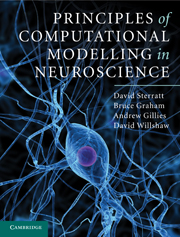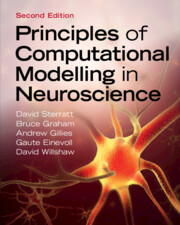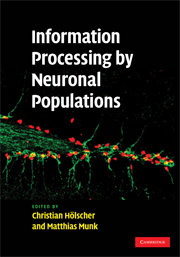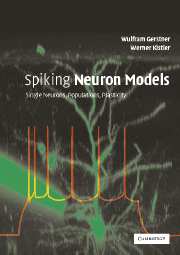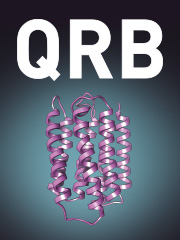Principles of Computational Modelling in Neuroscience
The nervous system is made up of a large number of interacting elements. To understand how such a complex system functions requires the construction and analysis of computational models at many different levels. This book provides a step-by-step account of how to model the neuron and neural circuitry to understand the nervous system at all levels, from ion channels to networks. Starting with a simple model of the neuron as an electrical circuit, gradually more details are added to include the effects of neuronal morphology, synapses, ion channels and intracellular signalling. The principle of abstraction is explained through chapters on simplifying models, and how simplified models can be used in networks. This theme is continued in a final chapter on modelling the development of the nervous system. Requiring an elementary background in neuroscience and some high school mathematics, this textbook is an ideal basis for a course on computational neuroscience.
- Presents models in the context of the underlying biology and biophysics, enabling readers to engage with and understand their relevance
- Complex mathematical details are highlighted and explained in boxes alongside the main text, so that readers can follow the discussion easily and clearly
- Associated website (www.compneuroprinciples.org) provides sample codes and up-to-date links to external resources, such as simulators and databases
Reviews & endorsements
'Here at last is a book that is aware of my problem, as an experimental neuroscientist, in understanding the maths … I expect it to be as mind expanding as my involvement with its authors was over the years. I only wish I had had the whole book sooner - then my students and post-docs would have been able to understand what I was trying to say and been able to derive the critical tests of the ideas that only the rigor of the mathematical formulation of them could have generated.' Gordon W. Arbuthnott, Okinawa Institute of Science and Technology, Japan
'This is a wonderful, clear and compelling text on mathematically-minded computational modelling in neuroscience. It is beautifully aimed at those engaged in capturing quantitatively, and thus simulating, complex neural phenomena at multiple spatial and temporal scales, from intracellular calcium dynamics and stochastic ion channels, through compartmental modelling, all the way to aspects of development. It takes particular care to define the processes, potential outputs and even some pitfalls of modelling, and can be recommended for containing the key lessons and pointers for people seeking to build their own computational models. By eschewing issues of coding and information processing, it largely hews to concrete biological data, and it nicely avoids sacrificing depth for breadth. It is very suitably pitched as a master's level text, and its two appendices, on mathematical methods and software resources, will rapidly become dog-eared.' Peter Dayan, University College London
'Principles of Computational Modelling in Neuroscience sets a new standard of clarity and insight in explaining biophysical models of neurons. This provides a firm foundation for network models of brain function and brain development. I plan to use this textbook in my course on computational neurobiology.' Terrence Sejnowski, Salk Institute for Biological Studies and University of California, San Diego
Product details
No date availableHardback
9780521877954
404 pages
253 × 194 × 23 mm
1.02kg
178 b/w illus. 7 tables
Table of Contents
- Preface
- 1. Introduction
- 2. The basis of electrical activity in the neuron
- 3. The Hodgkin Huxley model of the action potential
- 4. Compartmental models
- 5. Models of active ion channels
- 6. Intracellular mechanisms
- 7. The synapse
- 8. Simplified models of neurons
- 9. Networks
- 10. The development of the nervous system
- Appendix A. Resources
- Appendix B. Mathematical methods
- References.

